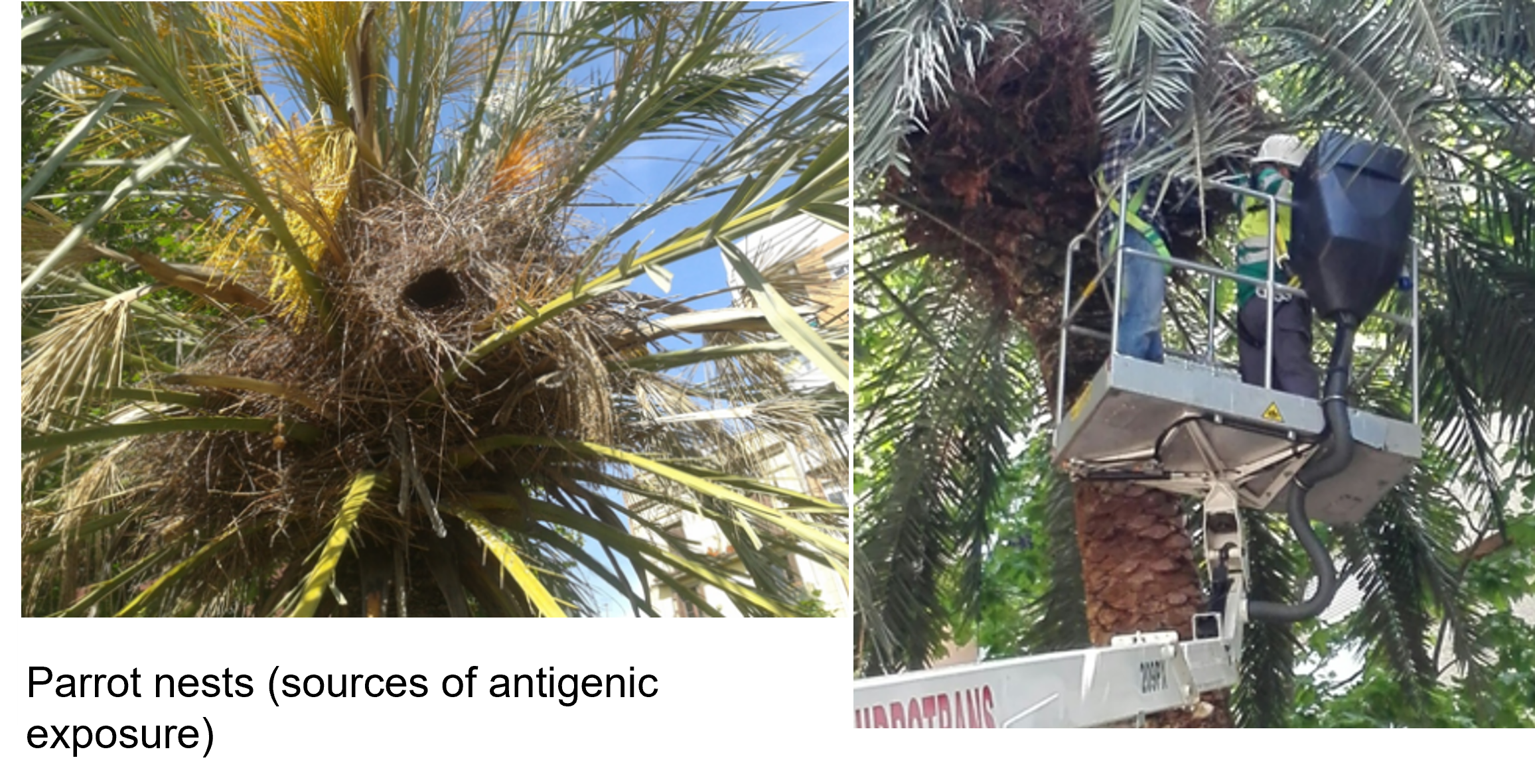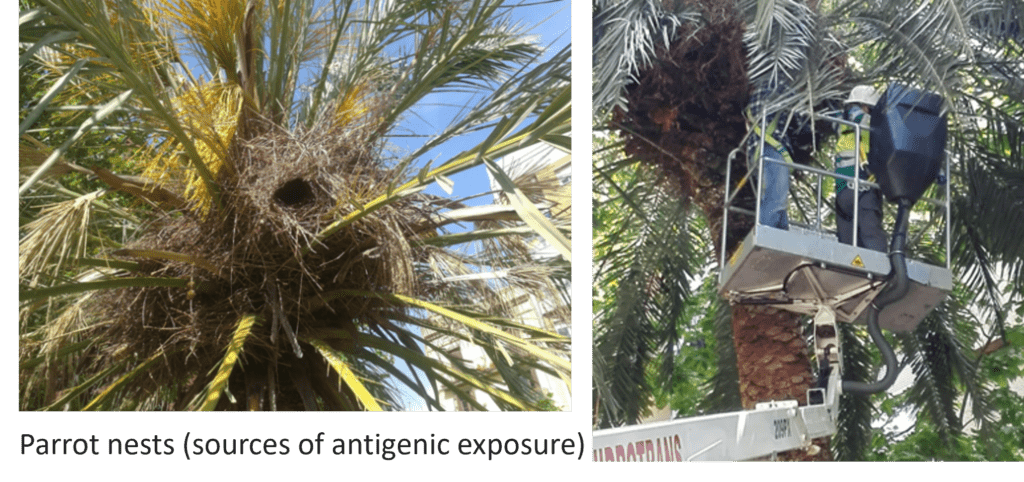Mapping Exposure-Induced Immune Effects: Connecting the Exposome and the Immunome
'Do chemicals penetrate human skin?' – Take-aways from the 4th EXIMIOUS Symposium
2 February 2023
More than 80 participants joined the fourth EXIMIOUS Symposium “Do chemicals penetrate human skin? How skin absorption of chemicals contributes to human exposure” held online last Thursday, 26 January 2023. Did you miss it? Worry not, you can watch the full recording on the EXIMIOUS YouTube channel.
The three guest speakers, Dr. Jos Bessems (VITO, Belgium), Dr. Anneli Julander (IVL Swedish Environmental Research Institute, Sweden), and Dr. Jeroen Vanoirbeek (Katholieke Universiteit Leuven, Belgium), each zoomed in on a different aspect of skin exposure to chemicals through their latest research. Altogether, they showed a broad picture of the topic that was accessible to the non-expert audience while also providing researchers in the field with new insights.
In the first talk, Dr. Jos Bessems explained why the internal dose should be considered the key factor in creating toxicity. He showed that some chemicals can penetrate the human skin and be absorbed by it. The exact nature of this process depends on the route of penetration and other factors such as the skin’s hydration level but also age and gender. Dr. Anneli Julander focused on three case studies to explore the dynamics of skin penetration and absorption of metals as well as the so-called ‘reservoir effect’ observed for certain metals that through our skin may accumulate in the body over time. These case studies took us through the penetration of Nickel across damaged skin barriers (common for those who present atopic dermatitis), the role of skin as a previously neglected exposure route for cobalt and its importance especially in view of cobalt originating from nanoparticles (common in several modern industries and especially associated to 3D printing), and the potentially important reservoir effect for lead introduced through a study of lead exposure for workers in a brass foundry. Adding to the diversity of case studies, Dr. Jeroen Vanoirbeek introduced the case of firefighters and their exposure on the workplace to a complex mixture of chemicals, including polycyclic aromatic hydrocarbons (PAHs). PAHs are rated as carcinogenic to humans and, according to previous studies, skin cancer appears to be the most prevalent type of cancer among firefighters. However, while respiratory (inhalation exposure) protection measures for firefighters are well-established, skin (dermal exposure) protection and risk assessment tools are much less so. This is where Dr. Vanoirbeek’s study comes into play, as he presented an assessment of different compounds that could be best suited as indicators of PAH exposure and internal dose, to determine dermal exposure. As the results of this study are currently preliminary and of confidential nature, they are not shared in the recording of the event at this point.
While there is still much to be understood about skin exposure dynamics, this symposium highlighted the diversity of chemicals that can penetrate the skin, the role they might play in the body and immune system and the variety of situations in which skin exposure to chemicals can take place. We are grateful to the invited guest speakers for sharing their latest research and taking us through this insightful discovery journey.
We’re looking forward to more exposome research highlights and insights during the Spring/Summer 2023 edition of the EXIMIOUS Symposium, so stay tuned. If you’d like to be notified about the next EXIMIOUS Symposium you can also subscribe here and we’ll send you an invitation in due time.

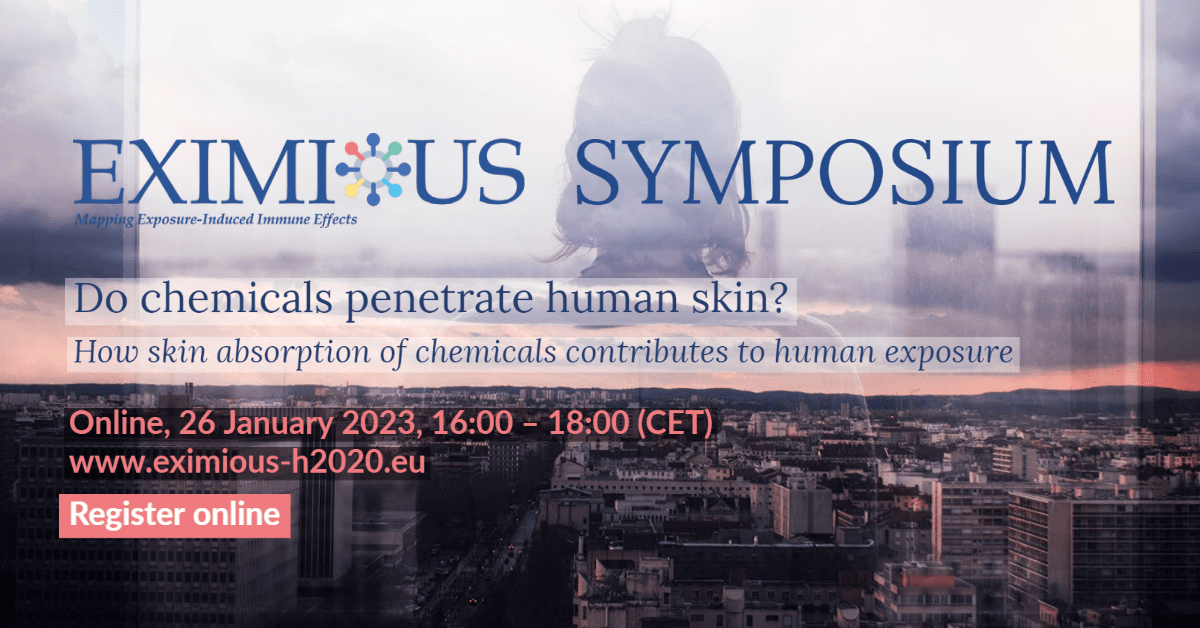
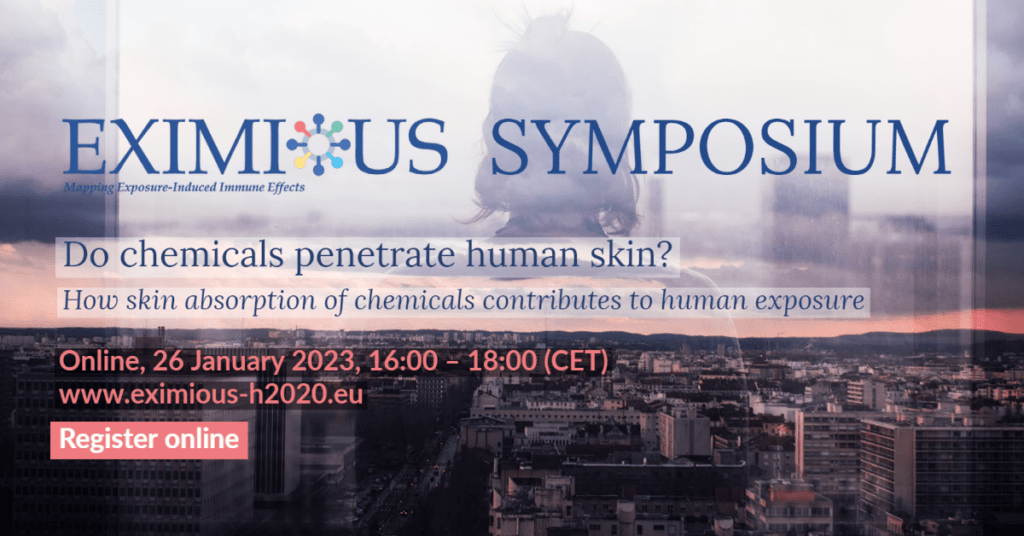
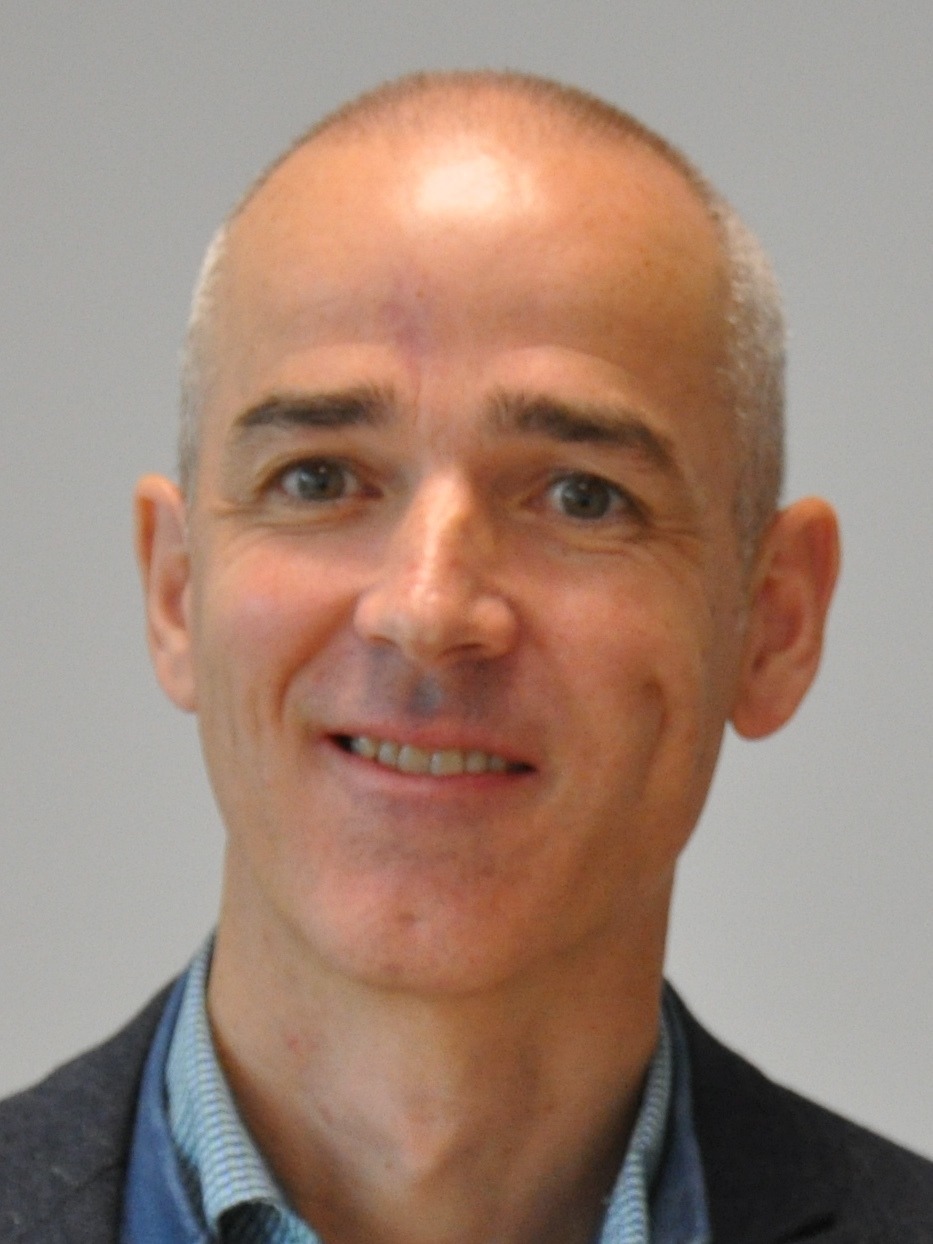


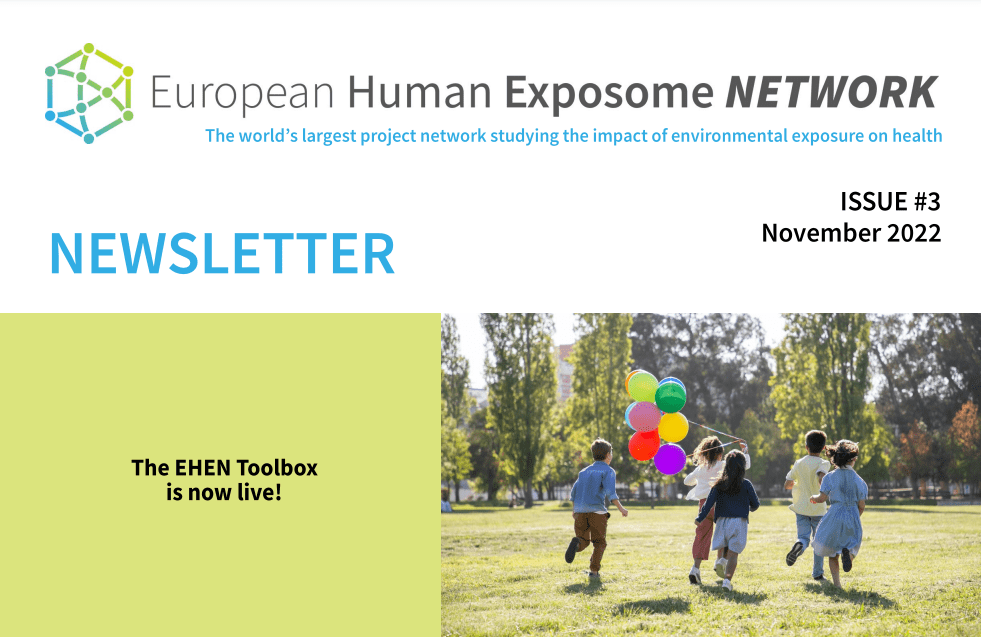
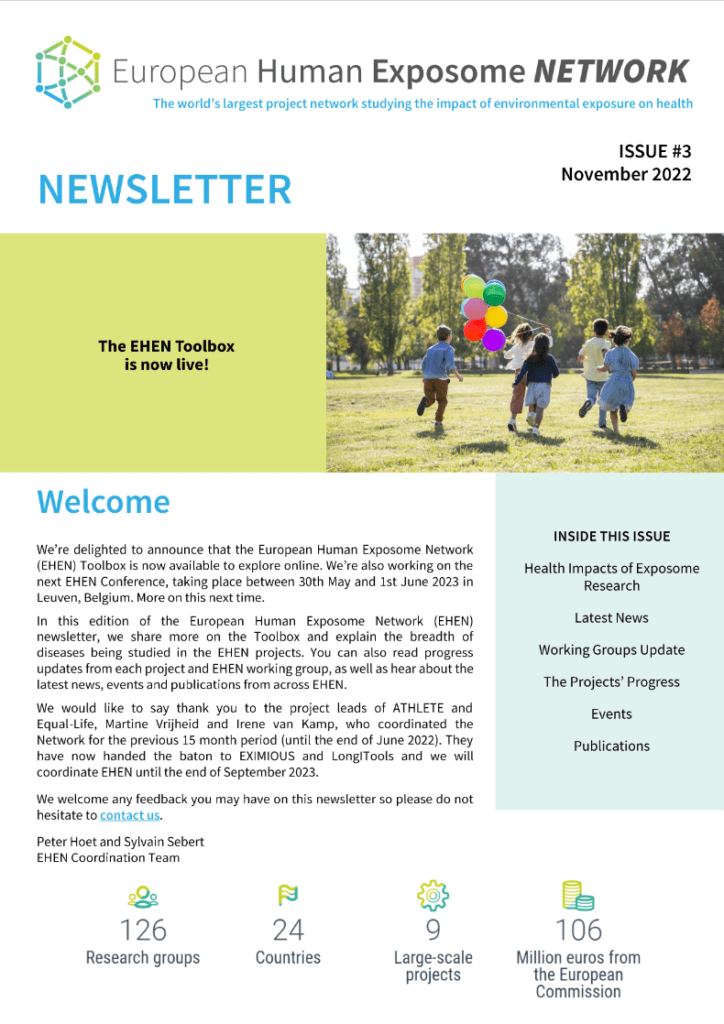
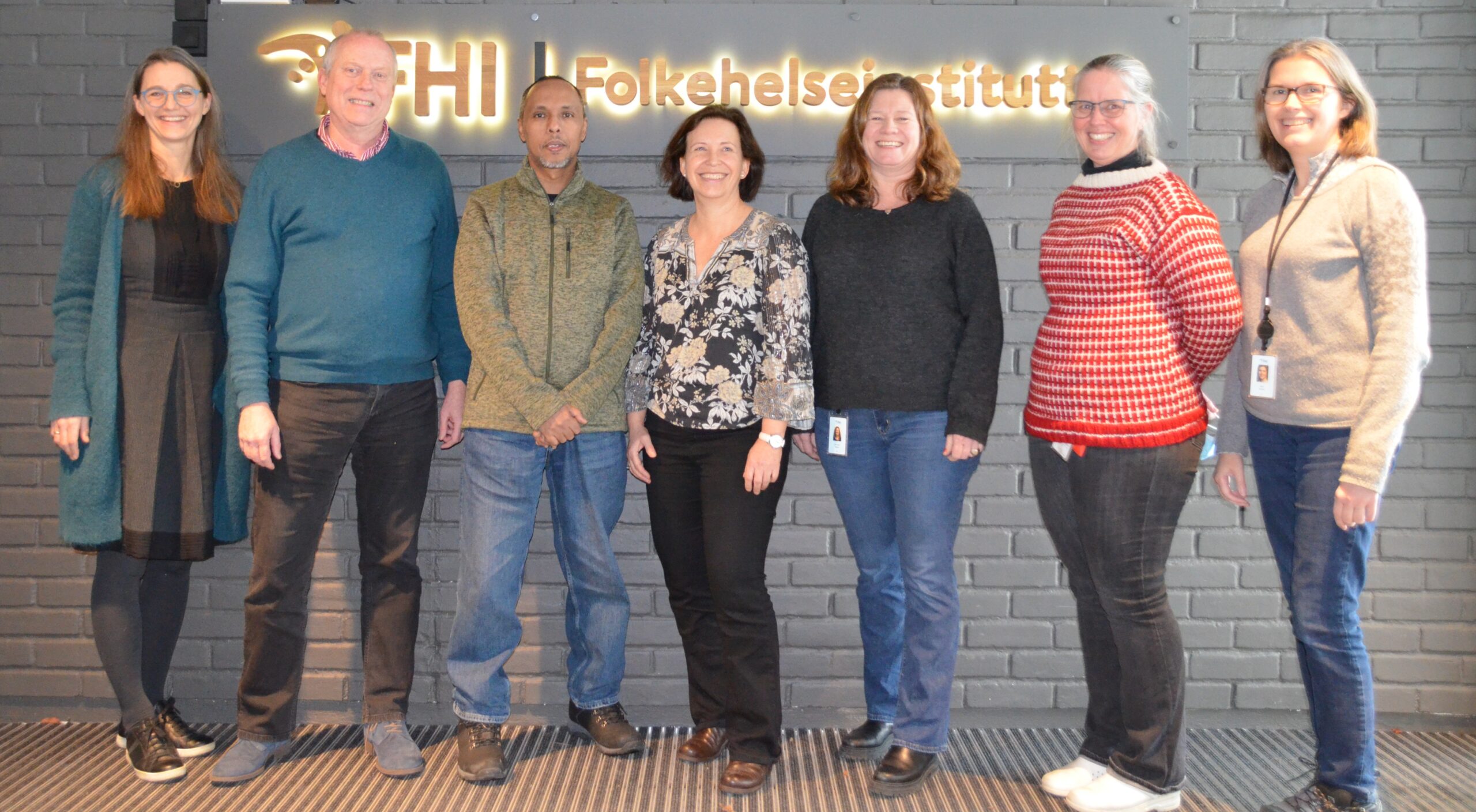
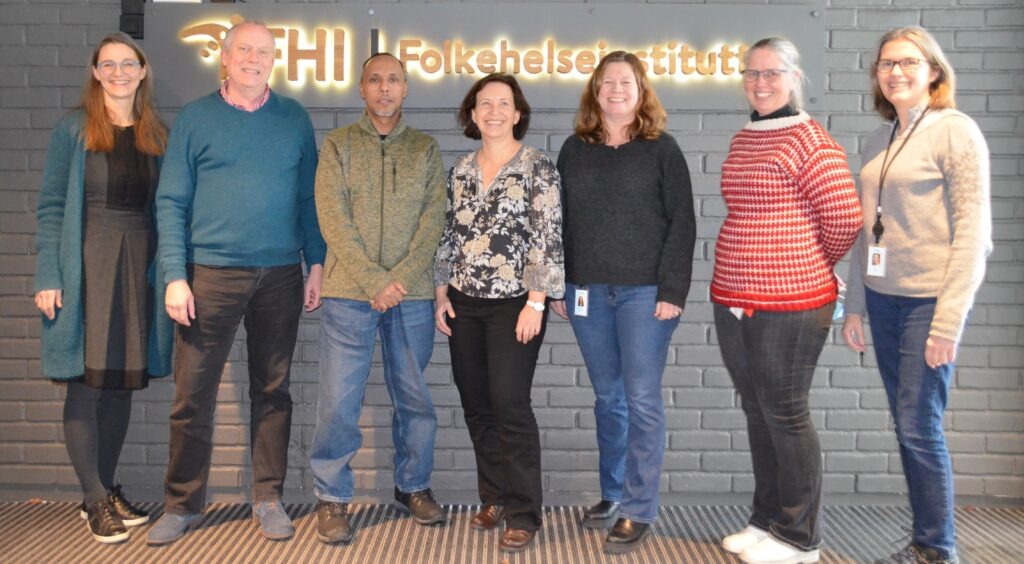
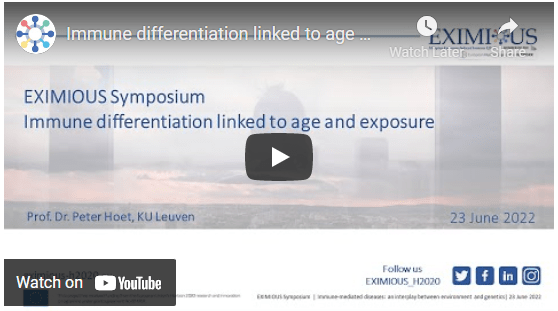
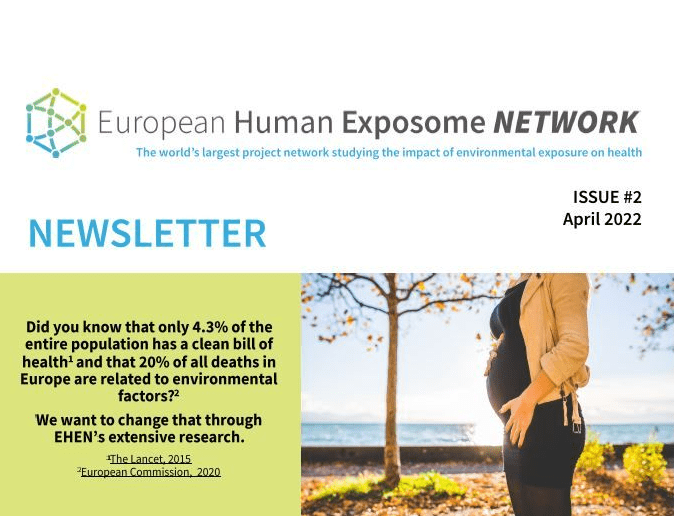
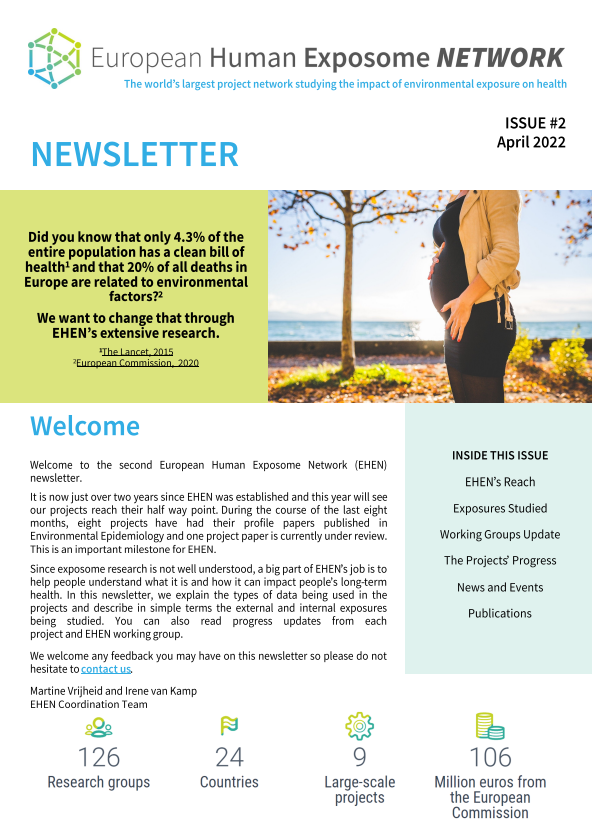
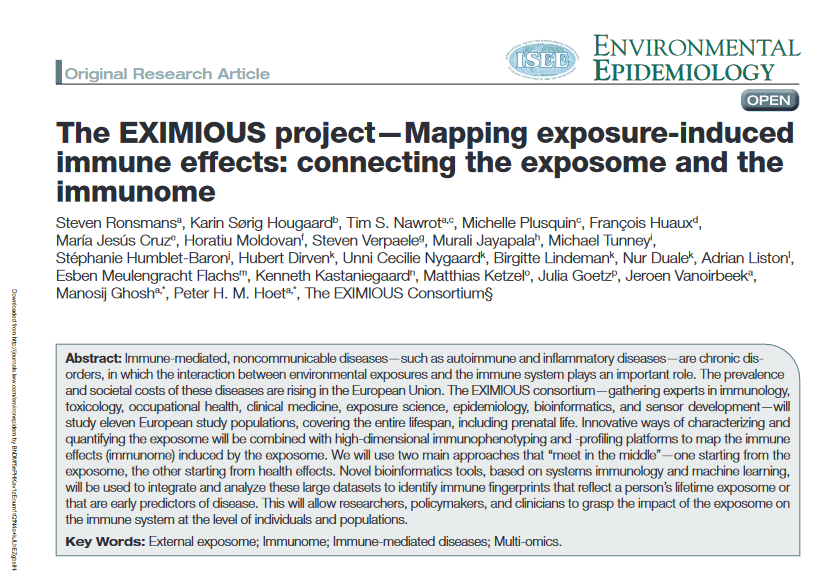

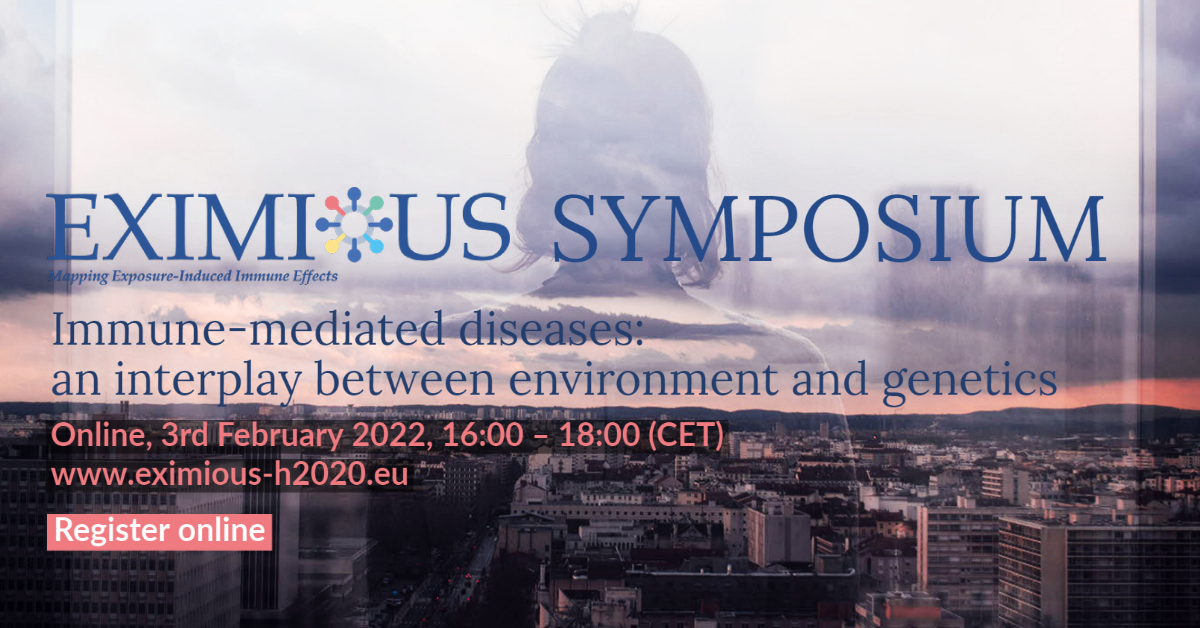
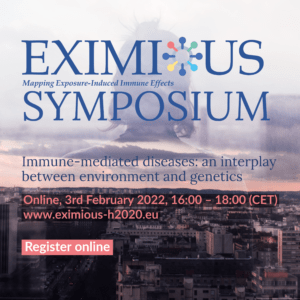 The second EXIMIOUS Symposium goes live on 3 February 2022!
The second EXIMIOUS Symposium goes live on 3 February 2022! 